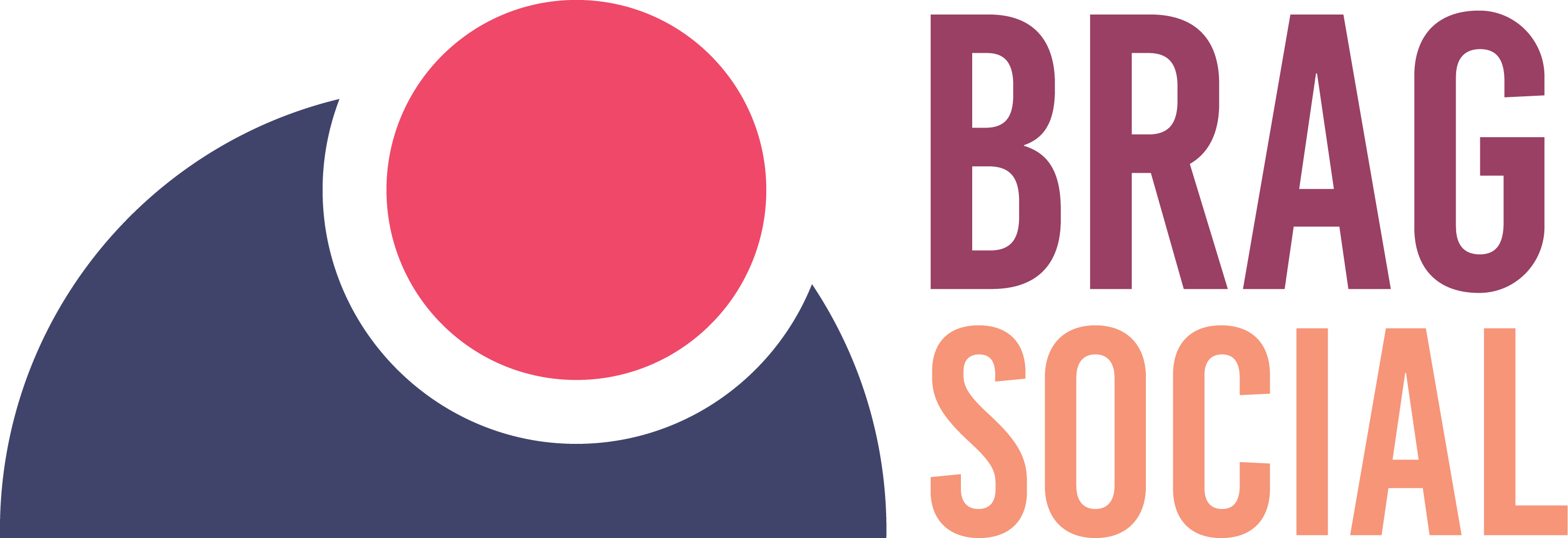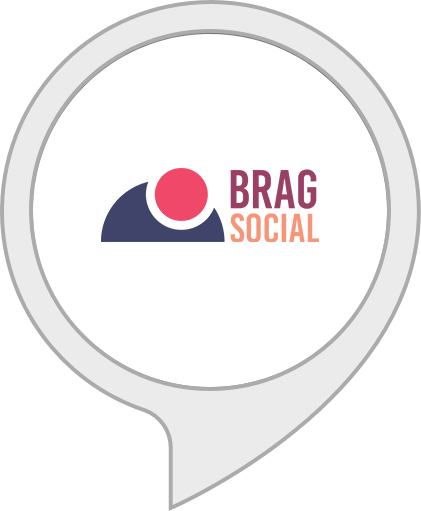
For the start, understanding what intersectionality means is quite important. It represents how different aspects of people’s identity come together to create different modes of either discrimination or privilege. If you ever gave it a thought, you hold many different positions as a human being. You are a kid, you might be a grandkid, a sibling, a parent, a grandparent, a friend, a partner, and many more. In a similar fashion, what is meant by multiple identities is that an individual belongs to a caste, class, race, sexuality, gender identity, age, ethnicity, culture, language, and ability. Intersectionality refers to these and more multiple identities coming together to affect a person’s life. Feminism as a movement has incorporated intersectionality, owing to its importance. Why intersectionality is important for the feminist movement is what we attempt to answer here.
Dive deeper into how it works
Intersectional feminism traces its inception back to the black feminism movement. Kimberle Crenshaw, an American lawyer, activist, and full-time intersectionality advocate coined the term intersectionality in 1989. To incorporate intersectionality in feminism stands important since it allows the movement to become all-inclusive. Intersectionality helps feminism broaden its field of work from women’s rights to standing against oppression that originates from the various identities a person holds. Intersectional feminism is a lens through which we can see and understand each other better and work towards a more just future for everyone.
Intersectionality as the ideator puts it is the pathway to see how these various inequalities operate together for individuals. They give birth to either privilege or discrimination, both of which are harmful to people as well as society as a whole. Intersectional feminism challenges the ideals that have overwhelmingly presided over feminism ever since. It stands against feminism which fails to take into account marginalized standpoints in the wake of it being overly white, ableist, upper-class, and cis-heterosexual in its proceedings.
What matters and how?
Just like cake and icing always go together, intersectionality also has a constant companion: privilege. Privilege needs a mention when talking about intersectionality. Whenever an event occurs, the impact it leaves is generally not uniform. Some people blame privilege to be the cause behind the varied influence. If we observe closely, we would be able to put a finger on how people are oppressed and what causes the oppression. However, it would be difficult to state how the dominance is continuing. The topmost position of some people or groups has deep-rooted causes, you cannot trace it. To work against oppression, the feminist movement attempts to understand intersectionality and privilege.
Privileges, indeed, come with an understanding of how society functions. If a cisgender heterosexual woman, who faces oppression in the form of unequal pay at the workplace, tries to define feminism based on her experiences, it would not be the complete definition of feminism. Why is that? Because this definition does not take into account the oppression of marginalized women who are exposed to anti-transgender ideology at workplaces. What the marginalized group of women faces finds itself under the umbrella of intersectionality. The reason behind their maltreatment is their identity. This does not, however, aim to demean the suffering of the privileged, but just that those issues alone fail to define feminism.
‘Types’ of inequalities
Since an intersectional approach lets us analyze how people’s social identities overlap, it becomes crucial to have a look at the general notion of the existence of many ‘types’ of inequalities. We as a society have come to believe that race inequality, gender-based inequality, inequality based on sexuality; ethnicity, immigrant status, and color are all separate from each other. What we indeed fail to see is how there are people subject to all of these working together, making their experience completely different from what we often perceive it to be.
Overlapping and distinctiveness
Intersectional feminism attempts to give voice to the experiences of those who go through overlapping and concurrent forms of oppression. Marginalized are often face the most discrimination. Because when thinking of solutions, the groups are in mind and their needs. It is not an uncommon fact that marginalized groups are most affected by natural calamities and national emergencies. These occurrences are no coincidences. Seemingly separate domains are thus are together by intersectional feminism. This is what makes it important in today’s world.
Identifying the real problem
One mighty influential statement by Crenshaw goes: “If you see inequality as a ‘them’ problem or an ‘unfortunate other’ problem, then that is a problem.” As aforementioned, those who are the most influenced by gender-based violence and gender inequalities are the most marginalized and impoverished. Such groups would include, but not be limited to, women from rural areas, gender non-conforming youth, trans youth, black and brown women, young girls, and women with disabilities.
Many groups bear with them a history of violence and systematic discrimination that is across decades. Such discrimination has given rise to other deeper inequalities. This happened with almost all marginalized groups in the past and continues to date. Because they spread the cries unevenly, so are their consequences. The vulnerable are not safe, the core reason being their multiple identities which are by and large marginalized. If we wish to work towards making justice omnipresent, it is a must to understand intersectionality. Also read: Women in work: the goal is not money but freedom.





